The Taylor Point Plant Atlas: Introduction to Plant Propagation Concepts and Terms
Introduction
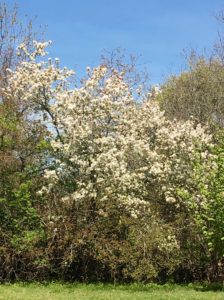
The mission of the Taylor Point restoration effort is both to:
1. eliminate invasive species that are overtaking Taylor Point, and
2. encourage the growth and reproduction of native species.
If we are to succeed, we need to consider plant propagation mechanisms as we plot our habitat management strategies. This brief presentation describes basic mechanisms of plant reproduction, and introduces some key terms.
Some plants reproduce asexually. Some plants reproduce sexually. Many individual plants reproduce both sexually and asexually, and through a variety of avenues. The following discussions of sexual plant reproduction and asexual plant reproduction provide a context for and clarification of various discussions provided in the plant profiles section of the TPRA Plant Atlas.
Asexual Plant Propagation
Asexual plant reproduction yields new plants that are genetically identical to the parent plant. Neither fusion of gametes, nor mingling of DNA are involved. In some cases, a fragment from a plant simply develops into a new plant. In other cases, a new plant may emerge from an extension or a node in a root or stem of a parent plant. Asexual reproduction in plants may be either “vegetative” — involving no seed production, or “apomictic” — involving the development of viable seed, but without fertilization.
Vegetative Reproduction
Vegetative reproduction, occurring without the involvement of seed or spores, results when a fragment of the original plant grows into a new plant. The resulting new plant is essentially a clone of the parent plant. Different plants propagate vegetatively through different means. Among the vegetative structures that they employ are the following:
Adventitious Roots: Adventitious roots are roots that grow from plant structures other than the root, such as stems or leaves. They arise most frequently from underground stems. By forming adventitious roots, new plants may develop from the stems, roots, or leaves of a parent plant. Oak trees and ivy are examples of plants that can sprout adventitious roots.
Rhizomes: A rhizome is essentially a thick horizontal continuously-growing extension of a plant that grows under or along the ground and that can develop new roots and shoots. Rhizomes are also called rootstock. Japanese Knotweed and Black Swallowwort are examples of invasive plants at Taylor Point that produce rhizomes.
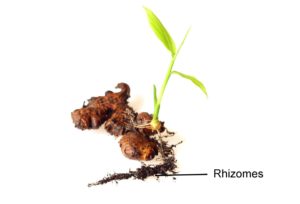
Stolons or Runners: A stolon, or runner, is a long horizontally-growing stem that extends along the surface of the soil and propagates by producing roots and shoots at the nodes or tip. Unlike rhizomes, runners originate from existing stems. The intervals between nodes (internodes) are more widely spaced in runners than in rhizomes. Strawberries propagate via runners. Black Elderberry and Japanese Honeysuckle are examples of plants at Taylor Point that propagate via runners.
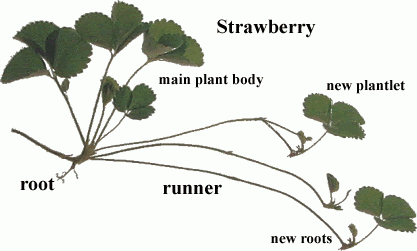
Stem Tubers: A stem tuber is growth that forms from thickened rhizomes or stolons. The top sides of the tuber produce shoots that grow into typical stems and leaves and the bottom of the tuber produces roots. Ordinarily stem tubers form on the sides of the parent plant, usually near the soil surface. Potatoes, onions, and ginger, are examples of stem tubers.
Bulbs: A bulb is a round, swollen part of a stem, basically a short stem with leaves, that serves as food storage during dormancy. Bulbs consist of a bud that is surrounded by layers of fleshy, scale-like leaves. These leaves are the source of food storage and provide nourishment for the new plant. Tulips and daffodils are examples of plants that grow from bulbs.
Corms: A corm is a short, vertical, swollen underground plant stem that serves as a storage organ used by some plants to survive winter or other adverse conditions. It is distinguished from a bulb in that it does not grow in layers. A corm is the base for the flower stem and has a solid texture. Crocuses and freesia are examples of plants that grow from corms.
Suckers: Root suckers or root sprouts are plant shoots that arise from buds on underground roots or stems. Suckers may also sprout from buds near the base of the parent plant and can grow into new plants. A number of shrubs and trees propagate through sucker production. Chrysanthemums and Mint spread via root suckers. Bayberry and Bittersweet nightshade are examples of plants growing at Taylor Point that spread by means of root suckers.
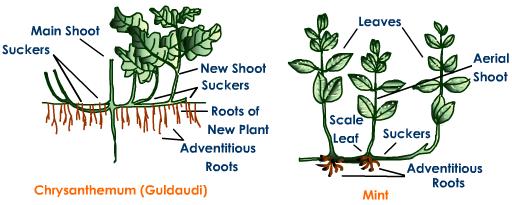
Apomixis:
Apomixis is another form of asexual reproduction in which plants produce seeds without fertilization – essentially clonal reproduction through seeds. Hawkweed is an example of a plant that reproduces via apomixis.
Sexual Plant Propagation
Sexual reproduction in plants involves the union of the pollen with the egg (pollination). After pollination, fertilization occurs and the fertilized eggs grow into seeds within a fruit. The seed is actually made up of three parts: the outer seed coat, which protects the seed; the endosperm, which is a food reserve; and the embryo, which is the young plant itself. When the seeds are ready for dispersal, the fruit ripens and the seeds are freed from the fruit. After varying amounts of time and under various conditions, the seeds germinate and grow into the next generation of plants.
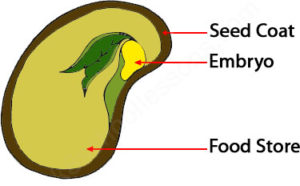
The food store is also called the endosperm.
While using the Plant Atlas to identify and catalog the plants at Taylor Point, knowing the names of plant parts that relate to propagation mechanisms will prove helpful. For example, the anther is the part of the flower that produces the pollen grains. The stigma lies on top of a carpel in which the eggs are located. A pollen tube will grow from the pollen grain through the carpel’s style, and the sperm from the pollen grain will migrate into the ovule to fertilize the egg cell and central cell within the female gametophyte. This process is termed double fertilization. The resulting zygote will develop into an embryo, while the triploid endosperm (one sperm cell plus a binucleate female cell) and female tissues of the ovule give rise to the surrounding tissues in the developing seed. The ovary will then grow into a fruit surrounding the seed.
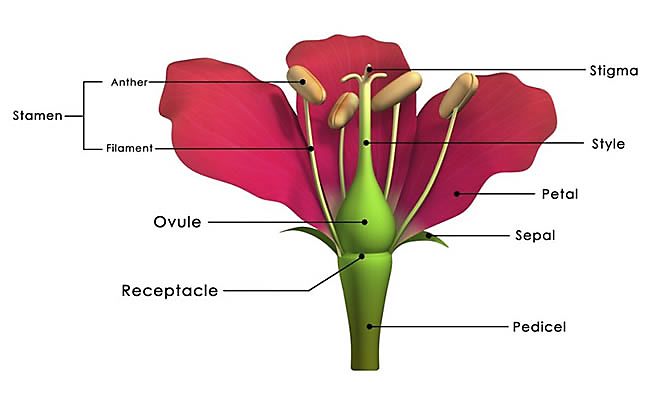
Some plants that reproduce sexually have adapted ways to encourage cross pollination. For example, some plants have flowers that are only male ( they have only stamen) while other plants of the same species have flowers that are only female (they have only carpels). Therefore the same plant cannot self-fertilize. These plants are called dioecious plants. Winterberry and Gray willow are examples of dioecious plants found in Taylor Point.
Monoecious plants, alternatively have both male flowers and female flowers on the same plant. Early sedge is an example of a monoecious plant found in Taylor Point, as are oaks and pines.
Plant Propagation : Fruits
Sexual reproduction in plants yields a wide variety of seeds in fruits in the array of plants under consideration in our plant management efforts. The following descriptions are provided to help TPRA volunteers understand, interpret, and apply information presented in the plant profiles. The definitions are adapted from a presentation included in the website http://theseedsite.co.uk.
Fruits are the structures that contain or envelop a plant’s seeds. Some fruits are fleshy and edible. Some are dry. Some are heavy and are dispersed by falling to the ground and rolling away from the parent plant. Some have winged extensions or feathery structures that enhance their capacity for wind dispersal.
Fruits are divided into Fleshy Fruits, and Dry Fruits.
Fleshy Fruits are either those formed from a single flower or those formed from a group of flowers. They can contain one seed or several seeds.
Fleshy Fruits formed from a single flower include the following types:
Berry: a single fleshy fruit without a stone, usually containing a number of seeds, such as a the Highbush Blueberries found at Taylor Point;
Drupe: a single fleshy fruit with a hard stone which contains the single seed such as the those produced by the Wineberry and Smooth Arrowwood plants at Taylor Point;
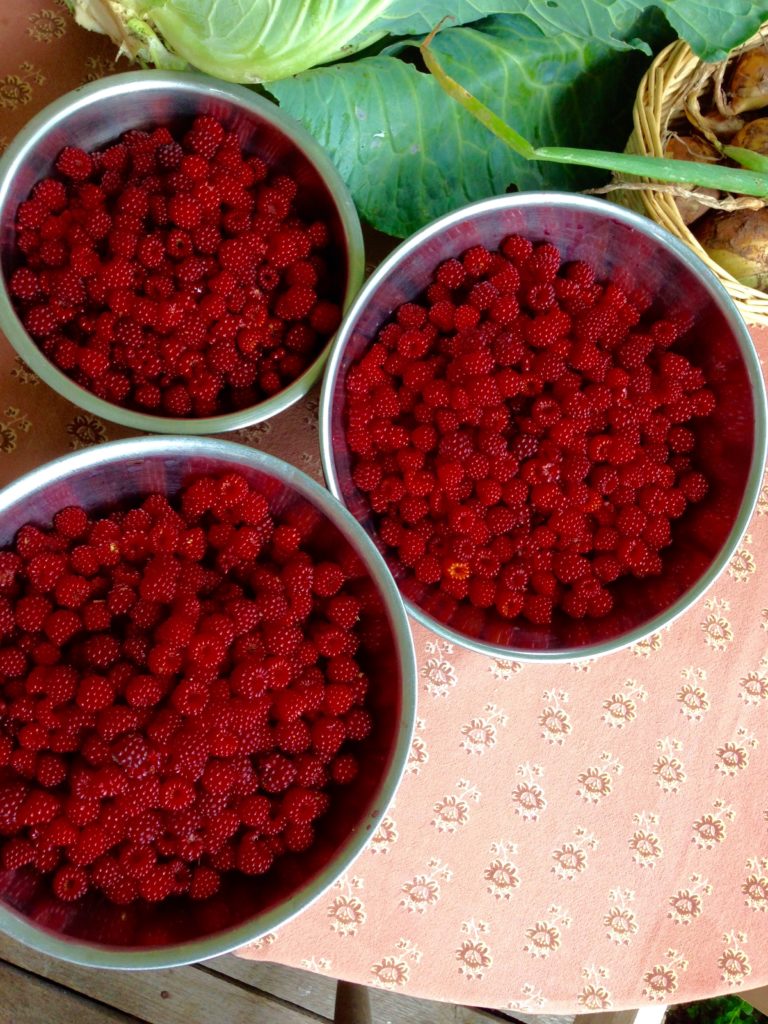

Aggregation of Drupes: a fleshy fruit, made up of many drupes but formed from a single flower, each drupe containing one seed such as those produced by the Dewberry plants at Taylor Point.
Pome: a fleshy fruit with a thin skin, not formed from the ovary but from another part of the plant. Seeds of these fruits are enclosed in chambers in the centre of the fruit. Apples from the apple trees at Taylor Point exemplify the pome.
Hip: a fleshy fruit containing achenes ( defined as a small, dry, one-seeded fruit that does not open to release the seed), as in the fruits produced by the Virginia Roses or the Beach Roses at Taylor Point.
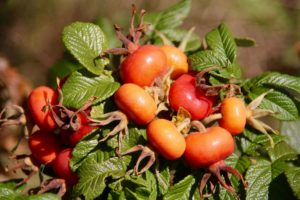
Dry Fruits are either those in which the seeds are contained in a seedpod of some sort which opens to release the seeds, or those in which there is no seedpod which opens. Dry fruits include the following:
Follicle: a dry fruit which splits on one side only. It may contain one or many seeds. The Steeplebush is an example of a plant at Taylor Point that produces follicles.
Legume: a dry pod that splits on two sides, such as those borne by wisteria and the common vetch.
Capsule: the most common fruit type it is a dry fruit which splits open to release the seeds. A good example of a plant bearing capsules at Taylor Point is the Coastal Sweet-Pepperbush which produces fruiting stalks that yield many small oval 3- seeded winter-tolerant capsules.
Samara: an independent dry fruit which has part of the fruit wall extended to form a wing, such as those produced by Maple trees.
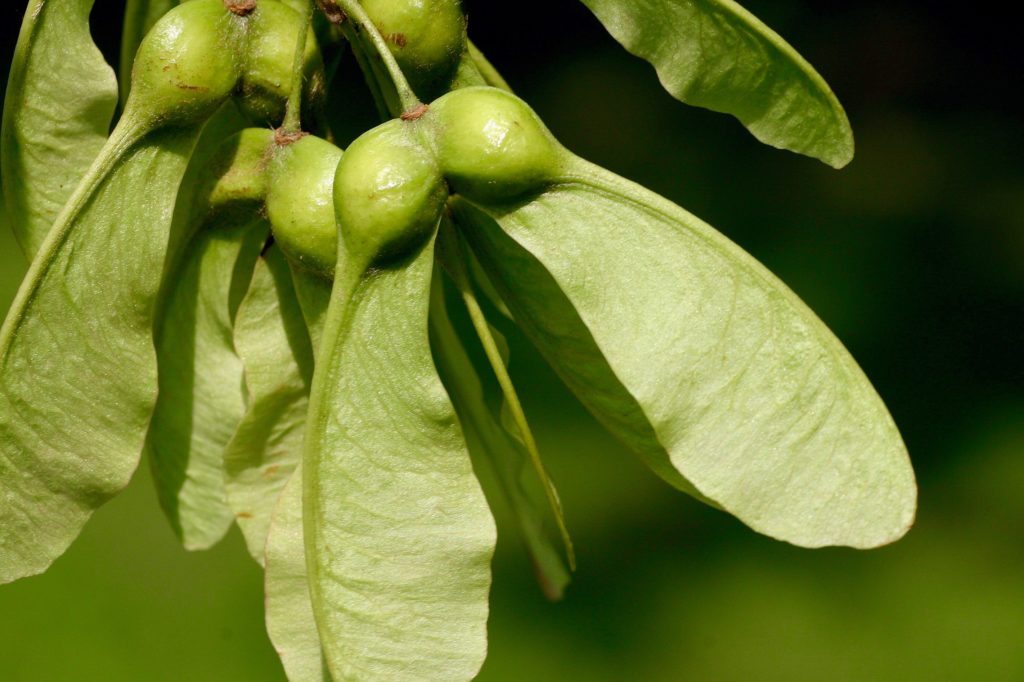
This primer on basic plant propagation mechanisms and terms, is intended to 1) aid TPRA volunteers consulting the plant profiles in the field as well as to 2) shed light on factors key to our efforts to rid Taylor Point if invasive species. The following discussion of management objectives and options relies heavily on knowledge not only of fundamental plant propagation mechanisms, but also seasonality, environmental factors and ecological objectives.
Additional References:
The following three books by William Cullina contain instructions for propagating plants:
Native Trees, Shrubs, and Vines: A Guide to Using, Growing, and Propagating North American Woody Plants by William Cullina, New England Wildflower Society, Jun 12, 2002.
The New England Wild Flower Society Guide to Growing and Propagating Wildflowers of the United States and Canada, by William Cullina, New England Wildflower Society, Apr 15, 2000.
Native Ferns, Moss, and Grasses: From Emerald Carpet to Amber Wave, Serene and Sensuous Plants for the Garden, by William Cullina, New England Wildflower Society, Feb 19, 2008.